The original article was written by SoftFormance [https://www.softformance.com/blog/python-vs-nodejs/]
This article is for business owners willing to launch their first product.
But…
If you’re at least a bit tech-savvy person you’d probably think I’m insane to post an article called “Python vs Node.js.”
Python is a language and Node.js is a framework. So, how can we even try to compare them?
I’m a former programmer myself and I certainly know this 🙂 But also, I know that there is some good traffic and keywords running in Google searches for “python vs node.js” 😉
So, in this article, we’ll compare Python and Django frameworks with Javascript and Node.js frameworks. Okay?
As both these technologies are applied for building backend, let’s clarify this term first.
Our favorite metaphor for the backend is the one in which it is compared to the walls in the building.
Without these walls, it will fall. So, it is impossible to overestimate the value of choosing the right technologies for your project.
In this material, we will discuss and try to compare two popular backend solutions, namely Python (Django) and Node.js.
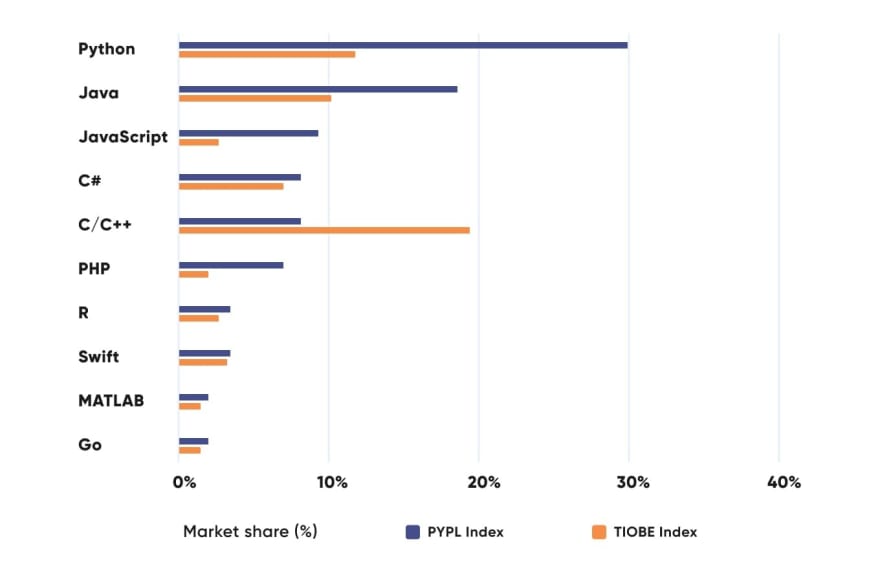
Do you want to know which of these technologies fit your web app development project more?
Probably, you would like to understand which of these solutions will cost you less?
Or do you want to know which backend technology is more suitable for which industry?
Maybe, you’re searching for a backend development technology that perfectly fits either a small business or a large-scale enterprise?
Or, perhaps, you want to know which programming language is more scalable, secure, and high-performing?
Then, you’re in the right place. Read this article to get a comprehensive comparison of Python vs Node.js and get a few great industry examples of how these backend solutions can be used.
Python vs. Node.js: Where to Start?
Let’s start our Python or Node.js discussion with some things that ensure maximum objectivity. Surely, it goes about statistics.
Here you can see an objective picture displaying the popularity of programming languages.

Apparently, Python is much more popular than JavaScript, and, correspondingly, it’s more popular than Node.js.
What are the reasons for such a situation? Well, Python has some definite benefits that play a crucial role when it comes to the choices made by the owners of digitized businesses.
Besides, it appeared much earlier than Node.js and even earlier than Javascript (1991 vs. 1995).
But is the time of release so decisive? For sure, there are much more valuable reasons for the higher popularity of Python.
Let’s clarify them.
Python (Django): What and why?
What is Python? It is an interpreted high-level general-purpose programming language.
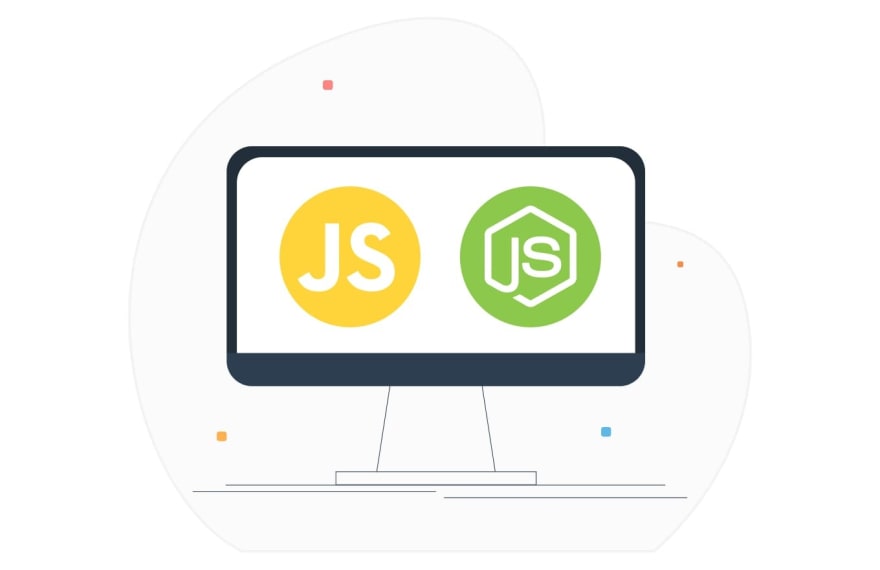
If these words don’t tell you too much, I may just say that Python is one of the most developer-friendly programming languages. We admire it for some great code reusability and simplicity.
Meanwhile, Django is the most popular framework for Python development.
It is something like a toolset that provides some ready solutions, constructions, and practices for developing apps with Python.
Python and Django are among our favorite software development technologies, and there are many reasons for this.
Here are some of the most important benefits of Python and Django:
Python is very easy to learn, read, and write. For tech founders, this means high development speed and satisfied developers.
This solution is highly productive. In software development, where time is money, high productivity is a crucial advantage.
Python and Django provide for efficient debugging. It clearly shows code errors to developers. One more time, for business owners, it implies faster software development.
Python is very portable. This means that while choosing Python for your dream app, you embrace a great number of devices and operating systems.
Python and Django have an extremely rich ecosystem. There is a great diversity of tools, libraries, and learning resources for developers. This allows you, as a tech founder, to get a flawless app in the shortest terms.
As you see, a Python-Django combination is a perfect solution when you need to get a stable backend in the shortest terms.
But what can you, actually, build with this backend solution? Well, almost everything. However, here are some of the most interesting software ideas that can be implemented with Python/Django.
AI-powered fintech apps
Python-Django is a perfect choice when it comes to developing software with Artificial Intelligence and Machine Learning algorithms. It perfectly integrates with corresponding libraries and provides ready solutions for some common AI development challenges.
What does it mean to you? For example, a possibility to build sophisticated fintech apps with image recognition algorithms and AI-powered analytical features.
Data visualization apps for marketing
Python and its Django framework perfectly integrate with various data visualization libraries. Therefore, this combination is a perfect solution for marketing apps.
Developing vivid and dynamic charts or graphs has never been so simple.
Large e-commerce marketplaces
As we have already mentioned, Python provides for excellent portability.
This means that an e-marketplace built with Python/Django combination will smoothly run on various devices and platforms.
Analytical software
Python is a perfect solution when it comes to working with high data loads.
Whether it goes about analyzing financial performance, academic results, or scientific measures, the combination of Python and Django will enable the most efficient analytics. Remember about saving your time. This solution also stands for some impressive automation.
Dialogue-based games and bots
With its advanced AI functionalities and text processing tools, Python is a perfect solution for developing dialogue trees.
This may come in handy both when developing a dialogue-based game or a chatbot.
Surely, there are many more solutions you can create with the combination of Python and Django. These are just some ideas that may come in handy.
Node.js: What and why?
Without further interruption, let’s proceed with the overview of Node.js, its main advantages, and implementations.

Typically viewed as a framework, Node.js is, actually, an open-source, cross-platform, backend runtime environment for JavaScript. One of its main selling points is that it enables developers to execute the JavaScript code outside of a web browser.
Node.js is popular when it comes to developing high-load apps. It is far from being as simple as Python (Django), but this technology certainly fits some specific use cases.
Among the most notable advantages of Node.js, we can mention the following:
It is known for its excellent scalability. Actually, higher-than-an-average scalability is one of the main selling points of the given backend technology. This means that your app will easily adapt to the growing data loads.
Node.js has an extremely vibrant community. This means that your software development specialists may use various information sources or ready solutions to build your dream product much faster.
It is very flexible. One of the greatest features of Node.js is that some of its code parts can be reused for both frontend and backend development. What does it bring you as a tech founder? Much more flexible and fast development of your dream app.
Node.js provides for extremely fast performance. Built on the most powerful engines, Node.js gives you one of the fastest performances in the industry.
Surely, Node.js has many more benefits, but these are the most valuable ones. In particular, there are vital when you want to the following apps:
Real-time web applications
Node.js is a popular solution for building real-time web applications that ensure fast and efficient connectivity with significant data loads.
This may be especially relevant when it comes to building high-load online marketplaces.
Social media apps
Node.js works with significant loads of data, which makes it a popular solution for social media apps.
It may help you build a large app where many thousands of users will communicate with each other and exchange various data.
Streaming apps
Streaming has become an increasingly popular entertainment among various people. Business owners can take advantage of such apps with the help of Node.js.
With its libraries, this backend technology ensures the stable and reliable performance of the most complex streaming applications.
Collaboration tools
You may also build highly-productive enterprise collaboration tools with Node.js. It goes about bringing employees’ efficiency and cooperation to a new level.
Such software allows multiple users to efficiently cooperate with diverse roles and permissions.
Just like in the case of Python (Django), there are many more solutions you can build with Node.js on the backend. Actually, it is a universal technology that may be used for building diverse apps of different complexity.
These were just some of the most promising ideas. The goal is simple – inspire you to deliver apps that have real chances to become overnight sensations.
What can you build with Python/Django and Node.js?
We have discussed some hypothetical apps that can be built with the observed backend technologies.
But you may ask, what are Python/Django and Node.js actually applied for?
That’s a sound question and we have a sound answer to it.
So, there are some of the most notable apps built with the observed backend technologies.
Examples of software built with Python/Django
For more information on this topic, make sure to check our article on 19 great apps built with the Django framework.
Instagram
Python and its most popular framework, Django, were used to build the world’s most popular social media.

With their simplicity, these technologies helped establish excellent fundamentals of a platform that processes billions of media files on a daily basis.
The fact that such a ponderous app runs smoothly is the best proof of Python/Django reliability.
YouTube
One more legendary media platform built with the Python/Django combination.
Just like Instagram, YouTube processes immense loads of interactive media data.
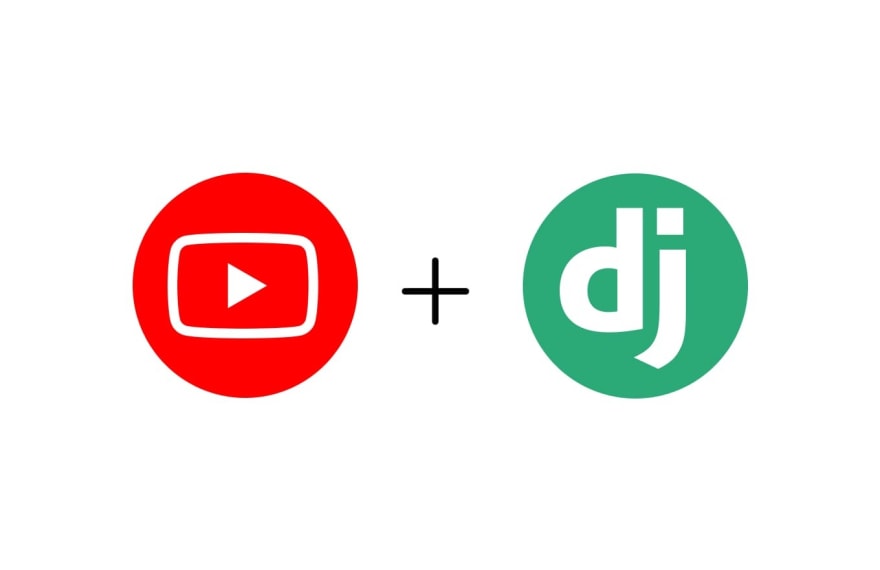
Actually, with all these 10-hour high-definition videos and similar content, these loads are even bigger.
For sure, the transition from PHP to Python/Django is a great benefit that allows YouTube to constantly develop and grow at an ever-increasing pace.
Dropbox
One of the world’s most popular cloud storage has also been developed with Python/Django.
What is really notable about this story is that owners of Dropbox wanted their platform to be built very fast.
With their simplicity and great efficiency, Python and Django became a solution enabling the developers to launch Dropbox in record terms.
PinWaste
We at Softformance also have some solid expertise in developing apps with Python and Django.
For example, these backend technologies came in handy when we were developing a fintech app supplied with AI/ML algorithms.

It goes about an invoice parsing platform for a large recycling company.
A Python/Django conjunction has been perfectly integrated with the Tesseract OCR neural network engine.
As a result, the app ensures character recognition that enables the app to take the most valuable information from the invoices automatically.
BackChat
Python and Django also helped our team to develop a social media marketing automation platform with integrated artificial intelligence algorithms.
This app provides for marketing automation of Facebook messenger.
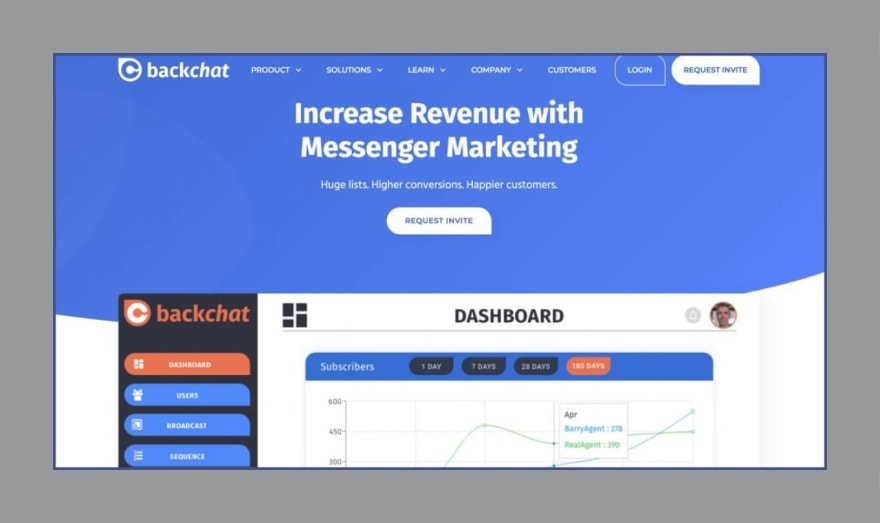
Our specialists relied on Python’s connectivity with AI components to integrate the Dialogflow AI tool into the app.
As a result, BackChat provides AI-powered responses to the questions of the client’s Facebook subscribers.
Examples of software built with Node.js
PayPal
Node.js played a crucial role in building one of the world’s most popular e-wallets.
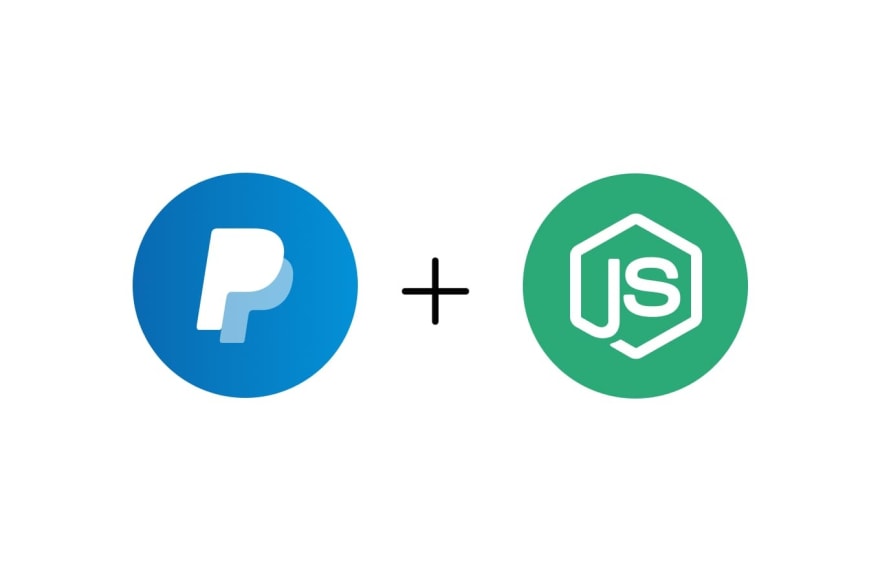
PayPal, a global payment system, required maximum efficiency, so the developers decided to use Node.js for connecting the app’s backend with its frontend.
In particular, Node.js became the core technology for building the customer-facing part of this extremely complex high-load application.
LinkedIn
In the IT industry, it is challenging or, probably, even impossible to find any person who doesn’t know LinkedIn.
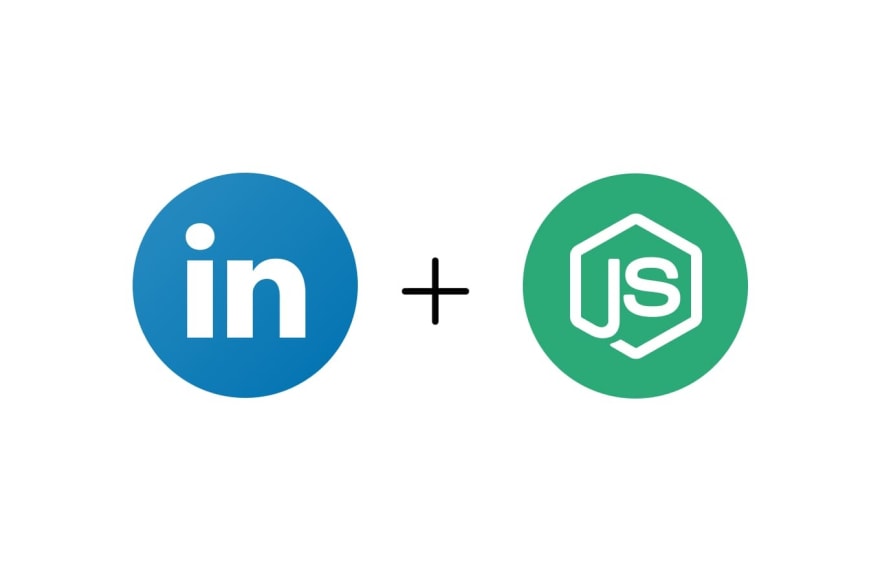
The world’s biggest business and employment social network is built with a broad list of technologies.
However, Node.js plays, probably, the most vital role in this ensemble.
This backend runtime environment stands for the platform’s server-side operations.
So, we may thank Node.js for the excellent stability and efficient performance of LinkedIn.
Netflix
Guess what? One of the world’s biggest media and streaming platforms is built with Node.js.
Netflix is loaded with extreme volumes of interactive media. TV-shows, movies, and many other videos become available to the audience of this notable website.
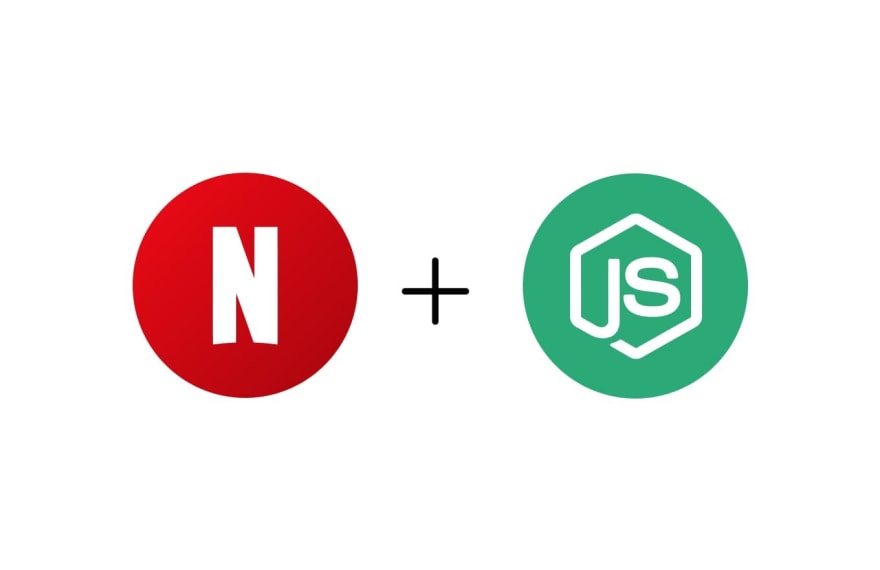
Excellent performance supported with the Node.js backend is the core pillar of the app’s popularity.
As a result, all the content becomes available to the users really fast and without any glitches.
Up to now, Netflix and its success promote the popularity of Node.js dramatically.
Python vs Node.js: A comparison
Now let’s proceed with a more specific comparison of Python/Django and Node.js.
We compare Node.js and Python/Django from the perspective of business owners.
Therefore, here you will find arguments regarding such things as cost-efficiency, industry fit, scalability, security, efficiency, and business size fit.
Let’s start with a thing that most business owners cherish the most (even though not all of them admit this), namely cost-efficiency.
Cost-efficiency
It is believed that Node.js is a more cost-efficient solution than most backend frameworks.
After all, Node.js provides reusable components that help to handle both the backend and frontend of the application.
However, Python, along with Django as its most popular framework, is a broadly applied technology. It also has an extremely rich ecosystem and a mild learning curve.
What does it mean for business owners? There are lots of opportunities to find skilled Python/Django specialists or to train promising developers.
This, automatically, reduces the cost of developing apps with Python.
In addition, this programming language stands for fast and efficient software development. And, probably, you know what they say: time is money for software founders.
A 6-month delay in the development of a product will cost you more than 30% of profits. Therefore, I recommend you to focus on Python as on your way to delivering your product to the market as soon as possible.

All in all, it is challenging to estimate which backend solution is more cost-efficient. After all, everything depends on a great number of factors.
However, we would take a risk and say that Python seems to be slightly better in terms of cost savings.
On the one hand, which accounts for Node.js, we have a team of builders using the same (or similar) tools for both construction and the exterior of the house.
On the other hand (the one for Python/Django), we have builders with a more classic approach that are supplied with an abundance of ready solutions and are known for their flexible practices.
Therefore, in most cases, the Python/Django team will cope with their task much faster.
After all, this conjunction enables software founders to deliver their products to the market even faster than Node.js with its flexibility and code reusability.
Industry specifics
Let’s dive directly into statistics showing industry preferences regarding Python (Django).
Watch the table below for some of the most useful insights on this question.

As you may see from this image, Python surpasses Node.js in most industries.
Why is it so? One of the main reasons is the overall popularity of Python.
As this backend technology is more popular than Node.js, it provides a greater number of ready solutions appropriate for various industries.
For example, as the Python/Django combination is extremely popular in the FinTech domain, there are many payment security solutions and finance-specific analytical tools that perfectly integrate with Python/Django.
It doesn’t mean that the Node.js environment has no industry-specific solutions and tools.
However, for most industries, the selection of such Node.js “helpers” is much smaller than the selection of Python/Django tools.
What does it mean to you as a business owner? In most cases, a Python-Django combination is a better choice for industry-specific projects than Node.js.
Small-size vs. large-size businesses
The choice between Python/Django and Node.js largely depends on the size of your business, as well as the size of your app.
Let’s take a look at some numbers.
More than 133,000 websites use Python, which makes it one of the most popular web development languages.
In this case, the main argument in favor of Node.js is that this runtime environment has been applied for building some top-tier websites.
In particular, 3.21% of the world’s 10,000 websites are built with this technology.

What does it mean to you as a business owner?
Node.js may be a perfect solution for apps that need to show extremely high performance.
Usually, it goes about smaller web apps, but there are also cases in which Node.js helps ponderous fast-performing platforms.
For example, it goes about Netflix with its tons of interactive media content and extreme data flows.
Surely, it doesn’t necessarily mean that it is impossible to build a similar website with Python/Django and supporting tools.
Meanwhile, if you want to launch something more simple and easy-to-develop, Python, along with Django and related libraries will be a perfect solution.
Without re-inventing a wheel, you will use tried and trusted templates to deliver your web platform to the market as soon as possible.
So, our verdict is quite simple.
Node.js is for fast-performing top-tier web platforms, while Python/Django is a tried and trusted solution for any startup application or a large platform that is not required to set performance records.
Scalability
Now, let’s proceed with some specific features of Python/Django and Node.js.
One of the key parameters that we should take into account is scalability.

After all, building an app that cannot cope with the increasing number of users is like opening the city’s central shopping center that can host no more than 100 visitors.
Scalability is often cited as one of the greatest benefits of Node.js. With default JavaScript features, this technology allows an app to smoothly adapt to almost any increase in data loads.
Meanwhile, there’s one issue with Node.js scalability.
It may be easy to establish in small-size apps, but if you want to make your large web app scalable, you may need to hire Node.js developers with strong in-depth knowledge.
It’s just like hiring additional engineers to make your building bigger instead of relying on those specialists that are already working on its construction.
As for Python, it doesn’t provide as many built-in scalability features as Node.js.
Meanwhile, a Python/Django combination provides an impressive diversity of tools that help achieve great scalability.
Therefore, in this regard, Python can easily compete with Node.js. What is even more important, building scalability with Python/Django is, usually, much more simple than with Node.js.
So, when it comes to scalability, we would give Python/Django a slight preference over Node.js.
Performance
If you’re into building a very fast application, you should pay attention to the performance supported by Python/Django and Node.js.
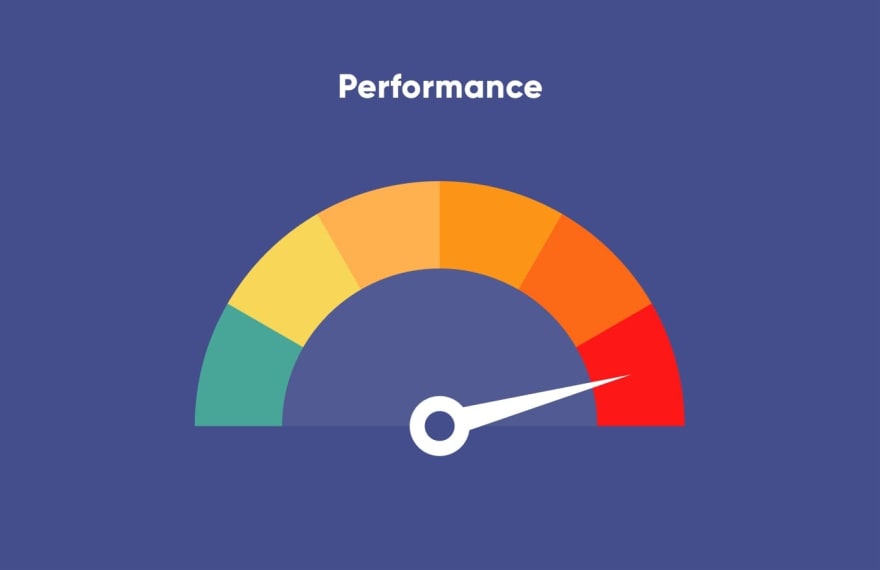
Basically, Node.js is based on a very powerful and fast engine. What does it mean? Well, extremely high app performance, to say the least.
When it comes to Python vs Node.js performance question, the latter gets its point.
But it doesn’t mean that apps built with the latter are poorly performing.
Actually, Python/Django will also deliver you some excellent speed and performance.
And, believe me, your app built with these technologies will be fast enough to meet any of your business goals.
While Node.js may be faster in terms of performance, in some cases, using it would be like using an F1 Ferrari for ordinary drives. You may not need such fast performance at all!
So, we recommend you just to remember that Python/Django apps, actually, also perform pretty well.
Security
It is impossible to overestimate the value of security for your app.
Denying it would be just like building your dream house without raising any fence around it.

However, when it comes to the comparison of the best backend technologies, it is very difficult to make any conclusions. After all, both Node.js and Python/Django provide excellent security as one of the pillars of their reputation.
Python/Django work according to the general rule of data sanitizing.
How does it work? Well, it’s just like a bank that takes precious metals in its most secure safe upon receiving them.
This seemingly simple principle helps software developers build Python/Django apps that are fortified better than Fort Knox.
As for Node.js, it doesn’t have such a clear data security principle as Python.
Instead, the core of this backend technology is supplied with multiple security measures and safeguards.
We may compare the core of Node.js with a fortress accompanied by multiple minor fortifications and security towers that make it completely invincible.
Meanwhile, I should also mention that Node.js often works with various third-party packages that may require additional security measures.
It’s like building additional walls to secure a fortress that, seemingly, has already been fortified.
Therefore, even though both Python/Django and Node.js are extremely secure as backend solutions, we would recommend you to go with Python/Django.
After all, its security principles are much simpler and embrace a large backend architecture without the need to invent any additional security safeguards.
However, we would still recommend you to go with the Python/Django combination, as it wins in many factors, such as cost-efficiency, scalability, and security.
Besides, Python/Django would fit more industry-specific apps than Node.js.
Finally, it is the best solution for startuppers or business owners that don’t need to impress their clients with the app’s cosmic speed.
Wrapping up
So, as you may see, we’re more into using a Python/Django combination as your perfect backend solution.
Even though Node.js is also a great technology, we believe that Python and Django still have many benefits over it.
Actually, there are even more reasons for such a choice than we have mentioned in this article.
Contact us for some additional clarification or some ground-breaking ideas on how to implement the potential of these technologies.
Or you may leave a comment on our website and we will gladly respond to you!
Make sure to take some useful insights and inspiration from our article and approach us if you’re inspired enough 🙂
And remember, people need your software!




Top comments (0)